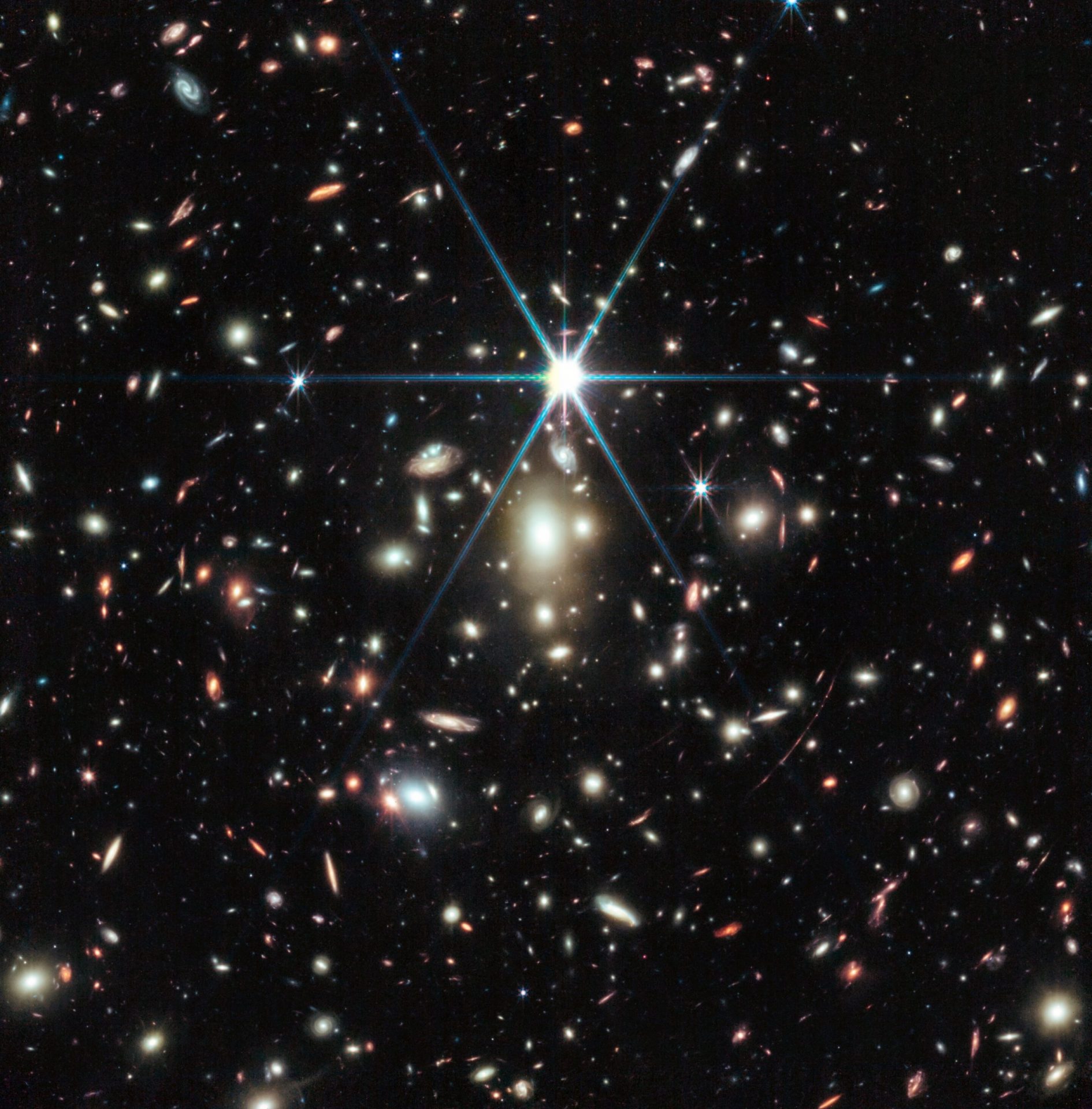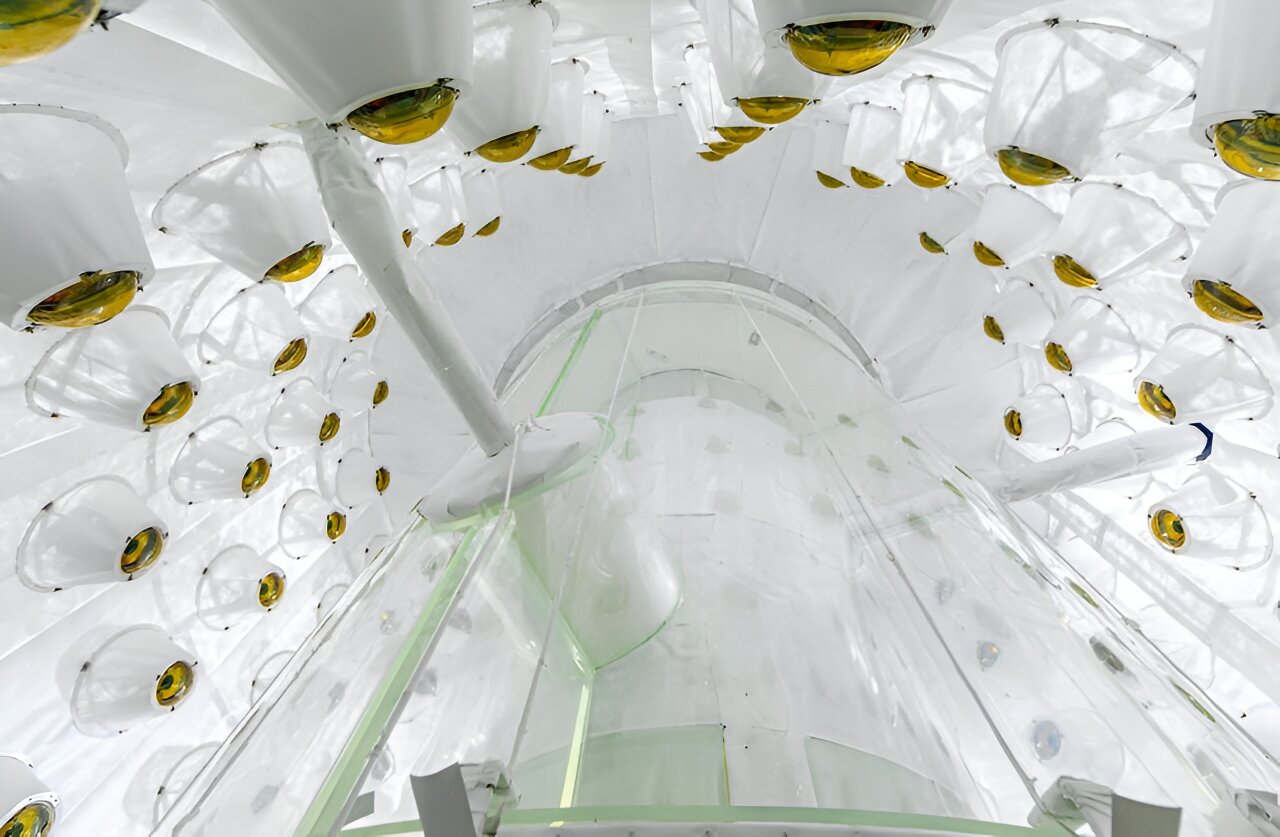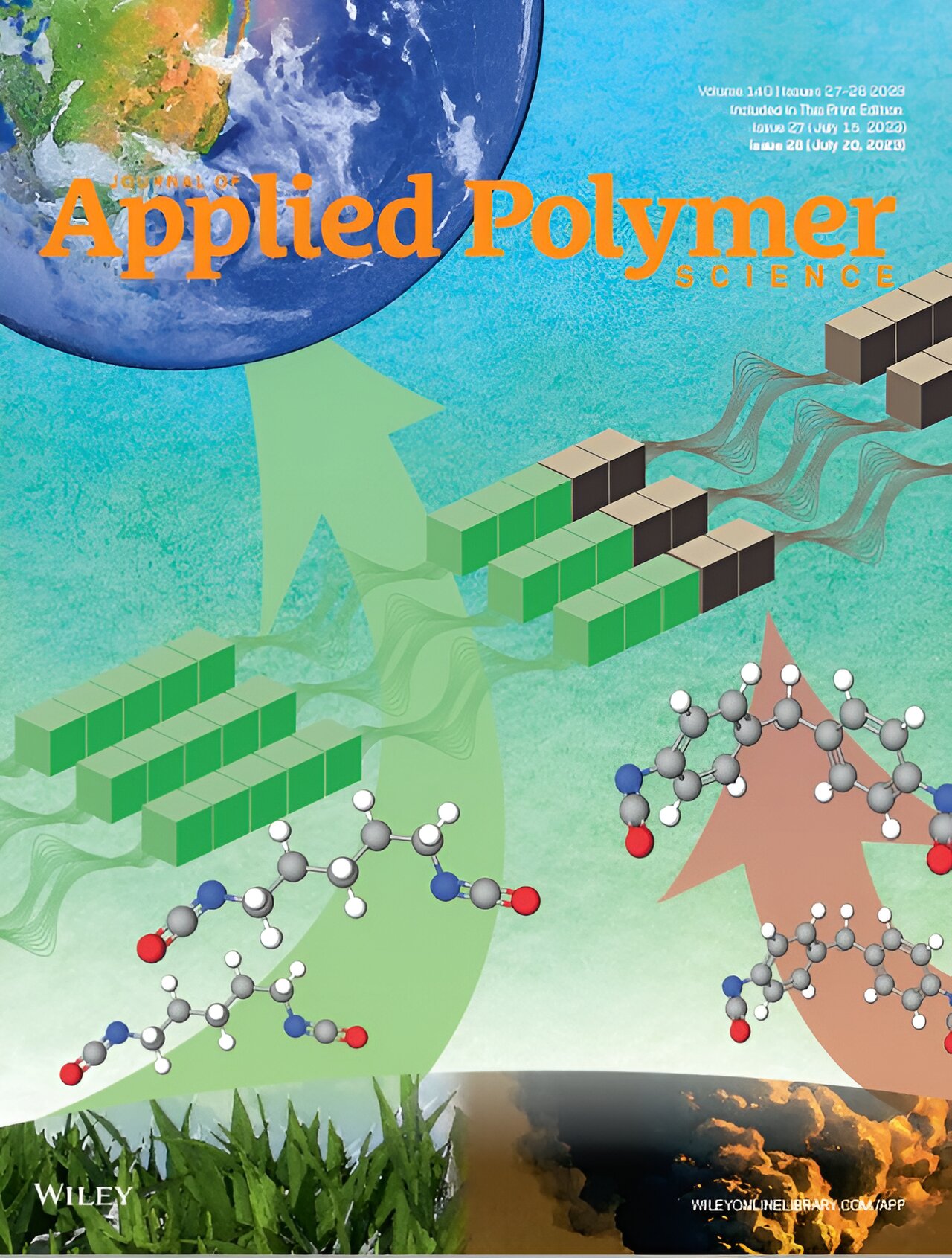Discovering distant stars that existed close to the beginning of the universe can unlock the secrets of our cosmic history. In a groundbreaking achievement, the Hubble Space Telescope recently spotted the most remote star to date. This star, affectionately named Earendel, emitted its light during the universe’s earliest billion years.
But determining the star’s distance is just the beginning. That’s where NASA’s James Webb Space Telescope comes into play. Webb’s initial observations of Earendel have already provided insights into the star’s characteristics and the galaxy that surrounds it. Further analysis of Webb’s spectroscopic observations could reveal information about its brightness, temperature, and composition.
NASA’s James Webb Space Telescope has followed up on the Hubble Space Telescope’s observations of the farthest star ever detected in the early universe, just one billion years after the big bang. Webb’s NIRCam instrument has revealed that Earendel is a massive B-type star, more than twice as hot as our sun and a million times more luminous.
Earendel, located in the Sunrise Arc galaxy, is only detectable due to the combined power of human technology and gravitational lensing. Both Hubble and Webb were able to detect Earendel thanks to its fortuitous alignment behind the massive galaxy cluster WHL0137-08.
The immense mass of the galaxy cluster warps space itself, creating a magnifying effect that allows astronomers to study Earendel as if through a magnifying glass.
While other features in the galaxy appear multiple times due to gravitational lensing, Earendel appears as a single point of light even in Webb’s high-resolution infrared imaging. Astronomers have determined that Earendel is magnified by a factor of at least 4,000, making it the most distant star ever detected, observed just one billion years after the big bang.
The previous record-holder for the most distant star was observed around four billion years after the big bang. Another star, nicknamed Quyllur, was recently identified by Webb, observed three billion years after the big bang.
Stars as massive as Earendel often have companions. Although astronomers did not expect Webb to reveal any companions, they believe they have detected hints of a cooler, redder companion star based on Earendel’s colors. This light has been stretched by the expansion of the universe, making it detectable only with Webb.
Webb’s NIRCam has also provided fascinating details about the Sunrise Arc, the most highly magnified galaxy ever detected in the universe’s first billion years. It contains both young star-forming regions and older star clusters as small as 10 light-years across. The gravitational lensing distorts these features on either side of Earendel.
Astronomers are currently analyzing data from Webb’s NIRSpec instrument to obtain precise composition and distance measurements for the Sunrise Arc galaxy and Earendel.
Since Hubble’s discovery of Earendel, Webb has detected other very distant stars using similar techniques, although none as far as Earendel. These discoveries have opened up a new frontier in stellar physics and provided scientists with new subjects to study in the early universe.
The research team is cautiously optimistic that this could be a step towards eventually detecting one of the very first generation of stars, composed solely of the raw ingredients of the universe—hydrogen and helium.








